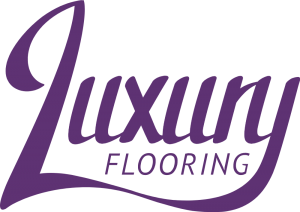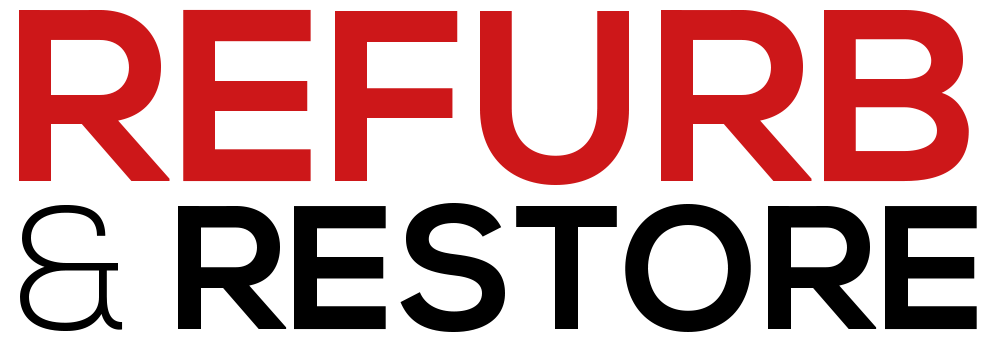Looking After your Solid Wood Flooring

Solid wood flooring is an ideal choice for any style of home. Alongside unique textures and impeccable charisma, solid woods offer unrivalled practicality, and longevity that far surpasses other flooring alternatives.
Whether traditional oak, stylish walnut, or exotic acacia, real hardwood flooring is sure to elevate your interior to a whole new level, so it’s important you know how to treat your boards with care.
Although solid wood is naturally very low maintenance, there are several things you can do to ensure the highest performance possible. Each task will prove invaluable, helping you to enjoy the outstanding look and feel of your wood flooring for the entirety of its lifespan.
Thankfully, general maintenance is easy to perform, and requires minimal expertise and equipment. Whether you’re a DIY master or a home improvements rookie, you’re sure to find looking after your solid wood flooring a breeze!
Here are our top tips to get you started:
Controlling Humidity and Moisture
One of the most important factors to consider when choosing to install solid wood flooring is the environment in which it’s going to be fitted. It’s undeniable that wood boards are highly durable, and will resist heavy foot traffic with ease, but the presence of humidity and moisture may compromise the structural integrity of the floor.
Wood flooring is a 100% natural product. This means that the material may be prone to movement depending on the conditions of the room. When moisture and humidity are in abundance, or they fluctuate drastically, your boards will begin to swell and contract, damaging the grain. This could cause some unsightly problems further down the line, spoiling the appearance of the wood.
To prevent harm, make sure to be selective with your installation. Areas such as hallways, living rooms, and bedrooms often have the most stable temperatures, making them a perfect environment for solid wood boards. Conversely, bathrooms and kitchens should be avoided, as heat and moisture from appliances will always be present.
Routine Cleaning
Undertaking general cleaning should be your first port of call when it comes to looking after your solid wood flooring. Not only is it the quickest method of maintenance, it’s also one of the most effective, restoring appearances and removing debris that could cause damage.
You don’t need much equipment to complete this task, and chances are you’ll find most tools already in your home. A microfiber cloth, dedicated floor mop, sweeping brush, and vacuum cleaner will ensure perfect results every time. Remember to only use soft brush heads and vacuum attachments, as hard bristles run the risk of scratching the surface of your boards.
Start by briefly sweeping your flooring every day, making sure to follow the direction of the grain or bevel. This will prevent the build-up of dust, allergens, and other foreign bodies. For stubborn debris such as grease and food waste, use your cloth or floor mop. It’s imperative that you don’t use too much water, as this could damage the board. Instead, use a dedicated cleaning solution, or wring out your equipment until almost dry. Wipe away the mark with firm strokes, being careful not to cause abrasion to the floor. Once the dirt is removed, thoroughly dry the surface to prevent any discolouration or sticky residue.
Preventing Abrasion
One of the most common causes of damage in both residential and contract properties is abrasion. There are a number of ways this can occur, ranging from pet’s claws to the undersides of furniture. Luckily, hardwood flooring is incredibly resistant to scratches and scuffs, but it’s best to take some precautions just in case.
Removing footwear can drastically reduce the potential for harm. Aside from being much more rigid than the soles of your feet, the undersides of shoes are notorious for harbouring unwanted materials such as mud, stones, and grit. Not only will this make your flooring dirtier, it increases the chances of abrasion. It’s good practice to remove your shoes at the door, keeping your solid wood boards in pristine condition. If removing footwear just isn’t an option, consider placing a rug in higher traffic areas. This will absorb some of the impact from footfall, saving you money in the long run.
Another culprit for abrasion is furniture. Pieces which are often moved, such as tables and chairs, lead to visible wear were continuous movement has been made. Ultimately, these marks are easy to spot, and detract from the overall appearance of the wood. Whilst limiting the amount you use your furniture is impractical, limiting the abrasion is easy to achieve. Many popular DIY retailers stock soft furniture pads which attach to the underside of the piece. This creates a cushioned barrier between the board and the furnishing, stopping damages in their tracks.
Sanding and Refinishing
No matter how many precautions you take, it’s inevitable that your solid wood flooring is going to sustain some visible damage. Due to the lifespan of traditional hardwood, it’s only natural that there are going to be a few accidents along the way. With other materials, such as laminate or LVT, this would mean a full reinstallation would need to take place, costing time and money. However, with solid wood, this isn’t the case.
Wood is unique in that it can be sanded and refinished time and time again, helping to preserve the natural quality and appearance of the wood. Depending on the finish, the board can be sanded locally, pacifying the affected area without disturbing the neighbouring boards. This is great news for those who accidentally stain their floors with any stubborn residue.
Sanding is quick to complete, and proves easier than reinstallation or repair. If you’re a dab hand at DIY, you should be able to complete the process without any major problems. Remember to always consult a professional if you’re unsure, and adhere to the manufacturer’s instructions when applying your finish. This task can take as little as 48 hours, getting you back to your usual routine in record timing.
Luxury Flooring and Furnishings
16 Regent Street
Leeds
LS2 7QA
Tel: 0333 577 0025
Email: info@luxuryflooring.co.uk



